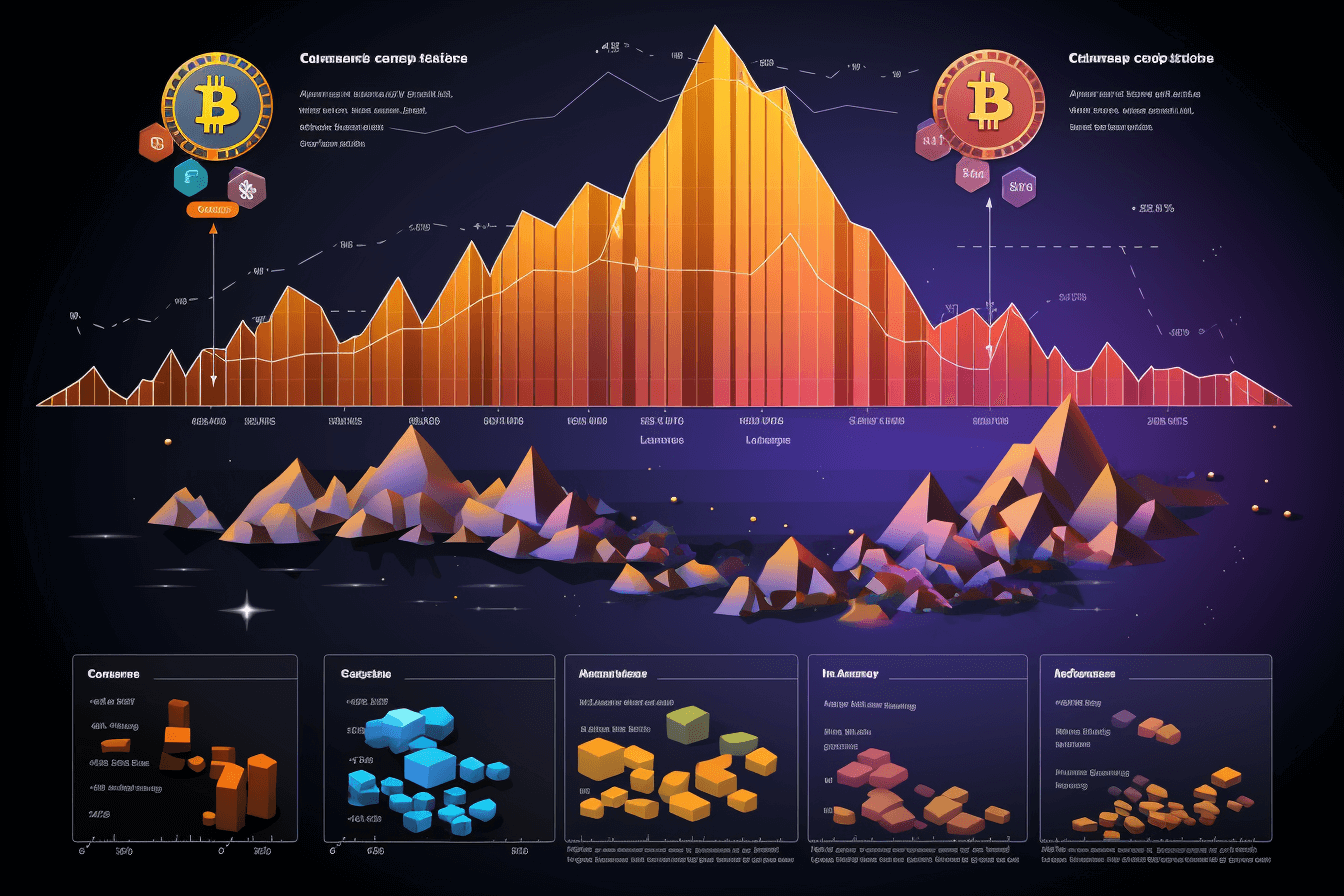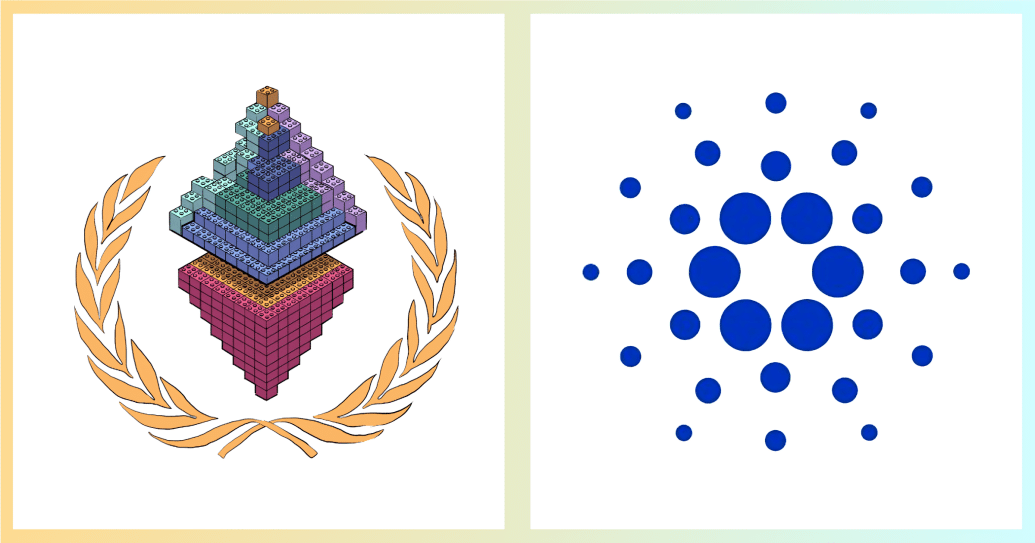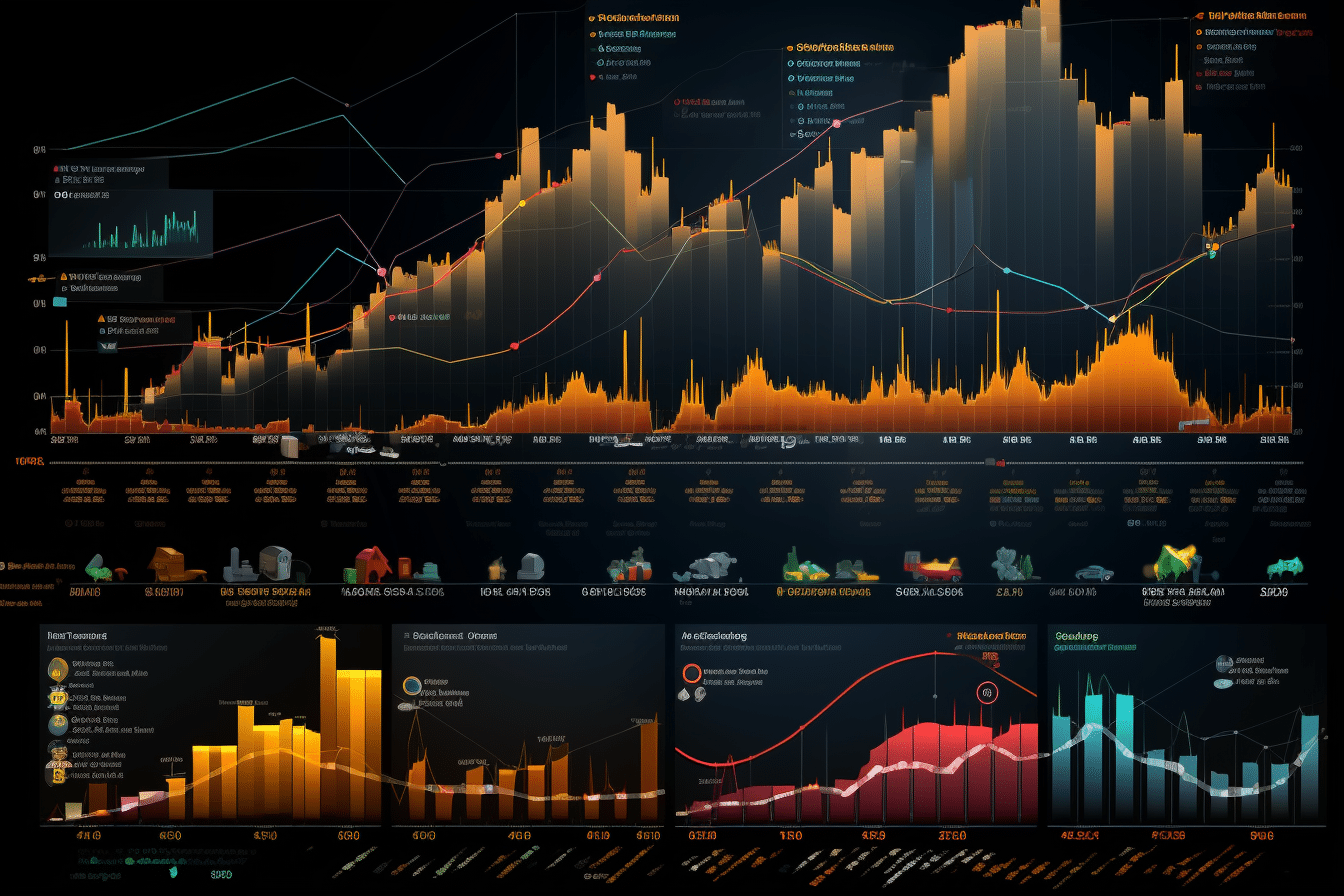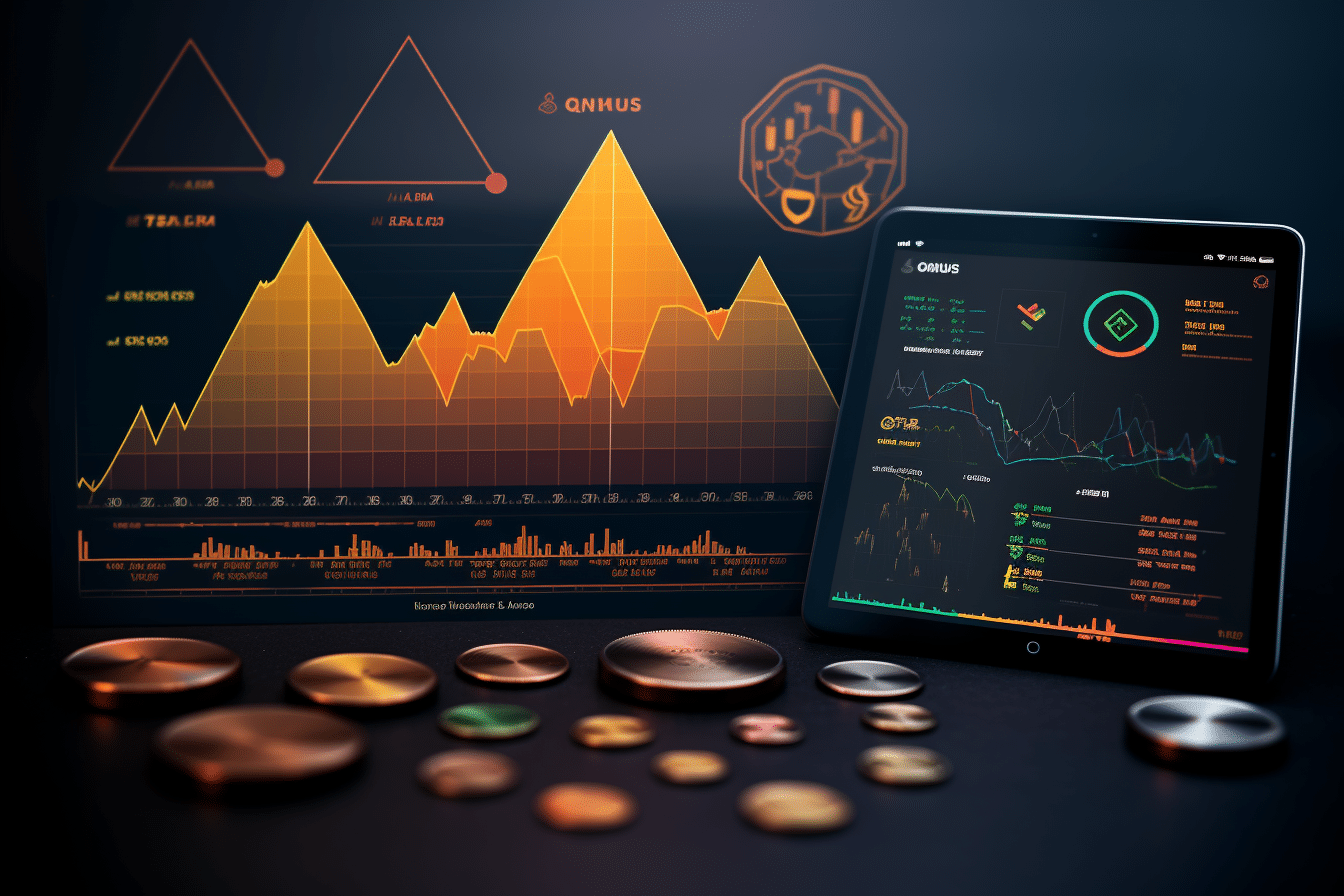Cardano vs Ethereum: A Detailed Comparison of Layer 1 Solutions
The blockchain world revolves around titans, and Cardano vs Ethereum stands shoulder-to-shoulder among them. Both are Layer 1 solutions, fueling decentralized applications (dApps) and shaping the future of...

The blockchain world revolves around titans, and Cardano vs Ethereum stands shoulder-to-shoulder among them. Both are Layer 1 solutions, fueling decentralized applications (dApps) and shaping the future of finance and beyond. But choosing between them can feel like picking between fire and ice—each offers unique strengths and vulnerabilities.
In this deep dive, we’ll crack open the vaults of these blockchain behemoths, examining their ins and outs. Get ready to discover which platform might ignite your dApp dreams and freeze out the competition.
Cardano vs Ethereum: Key differences
Without further ado, let’s dive into the comparison and find out the difference between Cardano vs Ethereum.

Cardano vs Ethereum: Which is better? – Image via Cardano and Ethereum
1. Philosophy
Ethereum was envisioned as a multi-purpose platform, a “world computer” for dApps and smart contracts. Its early arrival allowed it to gain a substantial foothold, attracting a vast community of developers and users.
The platform’s development style is agile and responsive, with a focus on accommodating a wide array of applications, including financial services, games, and social networks. This approach has made Ethereum akin to a marketplace.
In contrast, Cardano, introduced by Input Output Hong Kong (IOHK), adopts a more methodical and academic approach. Its development is distinguished by a strong emphasis on peer-reviewed research and formal verification methods.
This philosophy underscores a commitment to high assurance code and a rigorous process for protocol upgrades, aiming to reduce the risk of vulnerabilities and unintended consequences.
2. Architecture
Ethereum’s architecture is based on a single-layer structure. It features a blockchain for recording transactions, Ethereum Virtual Machine (EVM) for executing smart contracts and dApps, and Ether (ETH) as its currency.
This single-layer architecture, while effective for Ethereum’s broad range of applications, can lead to network congestion, higher transaction fees, and scalability challenges.
That’s where Layer 2 scaling solutions come into play. Layer 2 solutions, like rollups, state channels, and sidechains, enhance scalability and speed by offloading transactions from the main chain.
Moreover, sharding splits the Ethereum network into smaller, more manageable parts, each capable of processing transactions and smart contracts independently, enhancing its capacity from within.
On the other hand, Cardano adopts a unique two-layer architecture which includes:
- Cardano Settlement Layer (CSL)
- Cardano Computation Layer (CCL)
The CSL handles the transaction and ledger functions, while the CCL is responsible for smart contract execution. This separation allows for more flexibility and efficiency, as each layer can be optimized independently. This enables it to handle an average of 250 transactions per second (TPS) which is a lot compared to Ethereum.
However, Cardano also leverages scaling solutions. One of the prominent ones is called Hydra. The use of “Hydra Heads” improves transaction throughput and reduces latency. The network also uses Mithril, off-chain computing, and sidechains.
For a long-term perspective on Cardano’s growth, explore our analysis of whether ADA can reach $1000 by 2040 and the factors that might influence its recovery.
Cardano’s unique functionalities – Image via Cardano
3. Supply
Ethereum does not have a capped supply. This leads to fluctuating inflationary and deflationary trends based on network activity.
High network activity raises transaction fees, potentially pushing fees above the rate of new Ether issuance, leading to deflationary periods. Conversely, during lower activity, inflation occurs as new supply awarded to stakers outweighs the amount of Ether “burned” (destroyed) in transaction fees.
This delicate balance between issuance to stakers and fee burning determines Ethereum’s supply trajectory, making it unique in the cryptocurrency landscape. As of January 2024, Ethereum has a circulating supply of 120,182,821 ETH.
Understand the economic factors influencing Ethereum by exploring whether Ethereum’s GDP will have a positive impact on ETH.
Cardano has a fixed supply cap, set at 45 billion ADA, its native cryptocurrency. This hard cap is intended to prevent inflation, ensuring a predictable and limited supply over time.
The approach of having a capped supply is akin to Bitcoin’s (BTC) supply model. As of January 2024, Cardano boasts a much larger circulating supply of 35.4 billion ADA, which constitutes over 78% of the total supply.
4. Governance
Ethereum’s approach to governance is characterized by its informality and inclusivity. Unlike some protocols with built-in governance mechanisms, Ethereum relies on Ethereum Improvement Proposals (EIPs) to propose modifications and enhancements.
These proposals encompass a wide array of changes, including standards for protocols, contract interfaces, and recommended practices. This system ensures that the evolution of the Ethereum platform is both consistent and collaborative, involving an array of stakeholders from various sectors of the community.
Cardano emphasizes a more structured and community-driven approach to governance through its “Project Catalyst” system. Community members can propose and vote on projects, shaping the platform’s development. Moreover, successful proposals are not just acknowledged but are also financially supported, receiving funding directly from Cardano’s treasury.
5. Journey and roadmap
Buterin’s vision for Ethereum’s future presents a comprehensive and multi-phased roadmap. Each phase addresses specific aspects of the Ethereum network:
- The Merge: The transition from Proof-of-Work (PoW) to Proof-of-Stake (PoS) to reduce energy consumption.
- The Surge: Enhancing scalability through rollups and data sharding, increasing transaction speed and efficiency.
- The Scourge: Improving censorship resistance and decentralization, addressing Miner Extractable Value (MEV) and other protocol risks.
- The Verge: Simplifying block verifications to maintain network security and accessibility.
- The Purge: Reduce computational costs for running nodes and optimize data history and state for efficiency.
- The Splurge: Miscellaneous upgrades for overall network enhancement that don’t fit into other categories.
Cardano’s roadmap is organized into five distinct phases. Each phase is named after historical figures who made significant contributions in various fields.
These phases represent the evolutionary stages of the Cardano blockchain, gradually adding functionality and complexity. Here’s a breakdown of each phase:
- Byron (foundation): Established the Cardano network’s core infrastructure.
- Shelley (decentralization): Covered the transition to a decentralized network structure.
- Goguen (smart contracts): Introduction of smart contracts capabilities.
- Basho (scaling): Enhancements for scalability and performance.
- Voltaire (governance): Implementation of a governance model for network sustainability.
Understand the implications of Cardano’s classification in the financial market by exploring our in-depth discussion on whether Cardano is a security and why it matters to investors.

Ethereum’s future prospects – Image via Ethereum
Cardano vs Ethereum: Similarities
Cardano and Ethereum, despite their distinctions, also align with certain shared objectives.
- Decentralization: Both platforms are built on the principles of decentralization, meaning they are not controlled by a central authority. They rely on a network of nodes operated by individuals and organizations to maintain the blockchain and validate transactions.
- Security: Both employ robust measures like code audits, bug bounties, and regular updates to maintain platform security and address vulnerabilities promptly.
- Token standards: Both Cardano and Ethereum have their own token standards. Ethereum has the “ERC” standard, while Cardano’s standard is called “Native Tokens.”
- Consensus mechanism: Ethereum’s shift to Ethereum 2.0 marked its transition to a PoS consensus mechanism, which is the same mechanism (Ouroboros) that Cardano has been using since its inception.
- Open-source nature: Both have large, active communities and are open-source projects, meaning that anyone can contribute to their development.
Expand your understanding of Layer 1 solutions by comparing Solana with Ethereum, another major player in the blockchain space.

Is ADA or ETH a good investment?
Who wins between Cardano vs Ethereum?
So, Cardano or Ethereum? The answer, like most things in crypto, isn’t binary. Cardano’s meticulous research and secure, scalable design have carved its niche. Ethereum, the first mover, boasts a thriving ecosystem and robust smart contract functionality.
Ultimately, the choice hinges on your priorities. Do you crave cutting-edge security and future-proof architecture? Cardano beckons. Prioritize established dApps and network effects? Ethereum awaits.
Remember, both are still evolving, constantly adapting to the ever-shifting blockchain landscape. So, buckle up, explore, and choose the platform that resonates with your vision for the decentralized future.
Delegate Your Voting Power to FEED DRep in Cardano Governance.
DRep ID: drep12ukt4ctzmtf6l5rj76cddgf3dvuy0lfz7uky08jfvgr9ugaapz4 | We are driven to register as a DRep by our deep dedication to the Cardano ecosystem and our aspiration to take an active role in its development, ensuring that its progress stays true to the principles of decentralization, security, and community empowerment.DELEGATE VOTING POWER!








